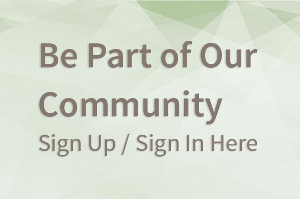BK Blog Post
Five Methods of Motivation That Don't Work
 Posted by
Jeevan Sivasubramaniam,
Vice President, Editorial,
Berrett-Koehler Publishers Inc.
Posted by
Jeevan Sivasubramaniam,
Vice President, Editorial,
Berrett-Koehler Publishers Inc.
Susan Fowler's latest book is all about how to do motivation right. The problem, as Susan points out, is that we've been going about motivation entirely the wrong way with the carrot-and-stick metaphor when in fact research has shown us that there are far more effective methodologies.
Susan describes below five "traditional" methods of motivation that are still widely used today -- and why they are deeply ineffective.
1. Verbal Cheerleading. "You can do it! Keep up the effort! Give me just one more!" Recent research finds that coaches who verbally encourage people in training sessions are significantly less effective than quiet coaches. The verbal encouragement generates external pressure, diminishing people's sense of autonomy and internal fortitude. Whether coaching athletes or individuals in the workplace, your cheerleading may be undermining your good intentions.
2. Competitions. Setting up a competitive situation to “motivate” people begs the question—why are people competing? People’s creativity, innovation, and long-term productivity suffer when they are competing to beat someone else, gain power and status, win an award, or receive an incentive compared to competing as a means to learn, gain experience, and obtain insight into development needs. Most competitions generate external pressure that ultimately defeats people and undermines long-term skill building and sustained high performance.
3. Imposing values. The most well-intentioned and values-based leaders often do this: Through their own sense of purpose and passion, they unwittingly impose their values on others. It doesn't matter how noble your values may be, if you impose them on people you run the risk of eroding people’s sense of autonomy and the opportunity for them to explore their own reasons for acting.
4. Incentivizing. Despite compelling research on the undermining effects of rewards and incentives to positively affect and sustain behavior, leaders and organizations still use this technique as a way of motivating people. Here's the problem: People are always motivated. The question is why. Giving people an incentive to motivate them is akin to feeding them junk food. The initial energy spike quickly falls and so does the quality of people’s motivation.
5. Praising. It may seem counter-intuitive, but when you praise people as a means of “motivating” them, it often has the same implications as an incentive or a reward—externalizing the reason people take action (to please you)! Focus on providing pure informational feedback, trusting people to evaluate their own performance. (Don’t confuse praising with sharing your gratitude. A heartfelt expression of thanks is always appropriate.)






